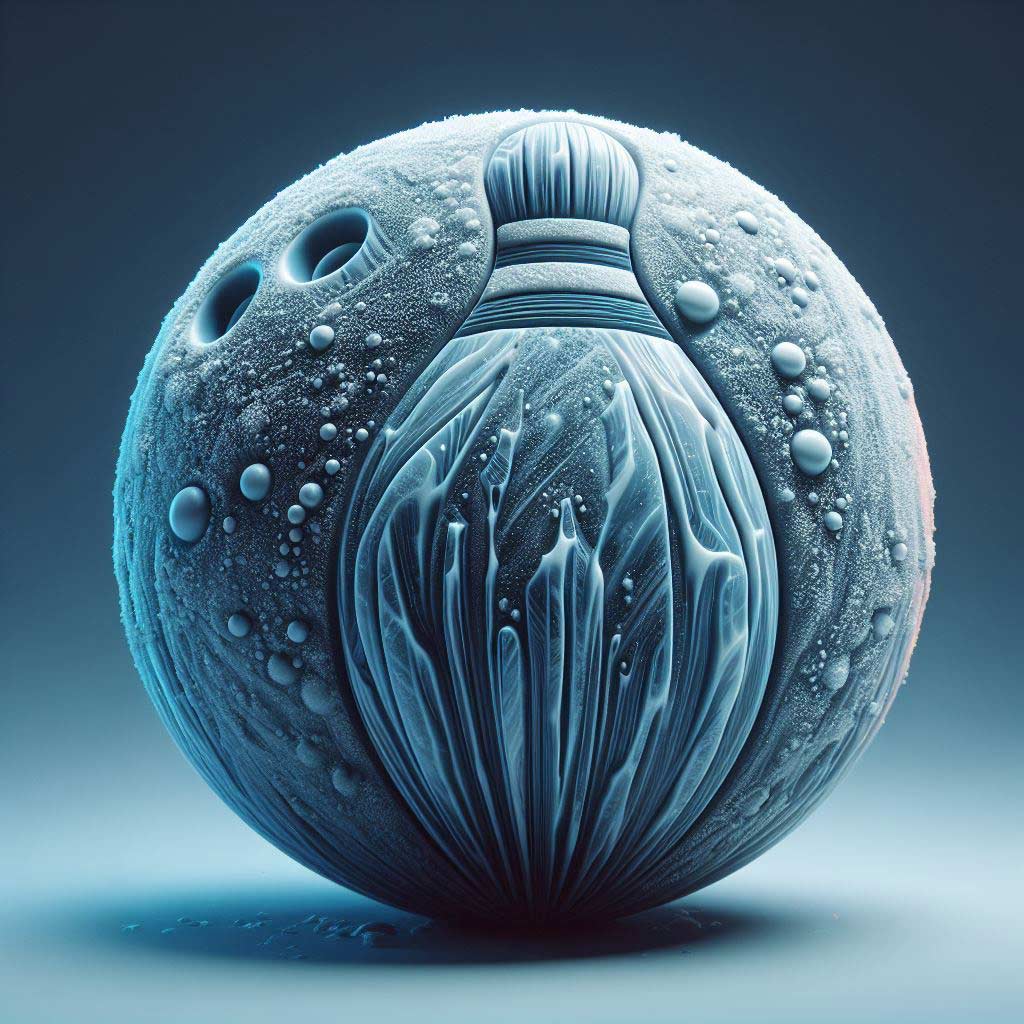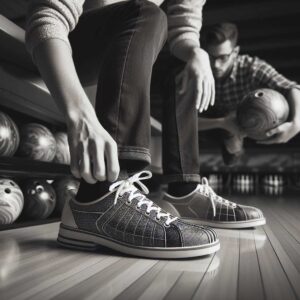As a passionate bowler, you’ve likely invested a significant amount of time and money into acquiring the perfect bowling ball. From selecting the ideal weight and drilling pattern to finding the right cover stock, your ball is an extension of your game. However, have you ever wondered about the impact of extreme temperatures, such as cold weather, on your precious equipment?
In this comprehensive guide, we’ll explore the effects of cold temperatures on bowling balls, the recommended storage conditions, and strategies for protecting your investment during the chilly months.
By the end, you’ll have a deeper understanding of how to properly care for your bowling balls and ensure they perform at their best, no matter the weather conditions.
Understanding the Effects of Cold Temperatures on Bowling Balls
Bowling balls are engineered using a variety of materials, each of which plays a crucial role in the ball’s performance. The most common components include:
- Resin: The primary material used in the ball’s core, resin provides the majority of the ball’s weight and contributes to its overall reaction on the lane.
- Urethane: The outer coverstock of the ball, urethane, is responsible for the ball’s hook potential and overall ball motion.
- Plastic: Some bowling balls utilize a plastic shell or coating, which can also be affected by temperature changes.
When exposed to extreme cold, these materials can undergo significant changes that can impact the ball’s performance and even its structural integrity.
Resin, for instance, can become more rigid and less responsive in cold temperatures. This can lead to a decrease in the ball’s overall hook potential, making it more difficult to generate the desired ball reaction. Urethane, on the other hand, can become brittle and prone to cracking or chipping when subjected to freezing conditions.
In some cases, the ball’s plastic components may also warp or distort when left in the cold for an extended period. This can result in an inconsistent or unpredictable ball motion, leaving you frustrated and struggling to achieve your desired results on the lanes.
Recommended Storage Temperatures for Bowling Balls
To maintain the optimal performance and longevity of your bowling balls, it’s essential to store them in the appropriate temperature range. The ideal storage temperature for bowling balls is generally between 70°F and 75°F (21°C and 24°C).
This temperature range helps to ensure that the ball’s materials remain in their optimal condition, allowing the ball to maintain its intended reaction and performance characteristics.
Exposing your bowling balls to temperatures below freezing, or even significantly colder than the recommended range, can have detrimental effects. The cold can cause the ball’s resin, urethane, and plastic components to contract and become more rigid, leading to the issues mentioned earlier, such as decreased hook potential, cracking, and warping.
Moreover, rapid temperature changes can also be problematic. Bringing a cold bowling ball directly into a warm environment, such as a heated bowling center or your home, can cause condensation to form on the ball’s surface. This moisture can seep into the ball’s core and lead to further complications, including decreased performance and even potential damage to the ball’s internal structure.
Strategies for Protecting Bowling Balls in Cold Weather
To ensure your bowling balls remain in top condition during the colder months, it’s essential to implement proper storage and handling strategies. Here are some recommendations:
- Bring Balls Indoors: Whenever possible, keep your bowling balls indoors, either in your home, garage, or a climate-controlled storage space. Avoid leaving them in cold environments, such as an unheated shed, car trunk, or outdoors.
- Use a Protective Ball Bag or Case: Invest in a high-quality ball bag or protective case designed specifically for bowling balls. These accessories can help insulate the ball and shield it from sudden temperature changes, reducing the risk of damage.
- Avoid Rapid Temperature Fluctuations: When transporting your bowling balls, try to minimize the exposure to drastic temperature changes. For example, if you’re bringing your ball from a warm indoor environment to a cold outdoor setting, allow the ball to gradually adjust to the new temperature by keeping it in the bag or case during the transition.
- Inspect Balls Regularly: Regularly inspect your bowling balls for any signs of cold-related damage, such as cracks, dents, or distortion in the ball’s shape. This proactive approach can help you identify issues early on and take the necessary steps to address them.
- Consider Ball Rotation: If you have multiple bowling balls, consider rotating their usage during the colder months. This can help distribute the exposure to temperature changes and prevent any single ball from experiencing prolonged periods of cold conditions.
Signs That a Bowling Ball Has Been Damaged by Cold Exposure
Identifying the signs of cold-related damage to your bowling balls is crucial, as it can help you take corrective action before the problem worsens. Here are some common indicators that a ball has been affected by exposure to extreme cold:
-
Visual Cues:
- Cracks or splits in the ball’s surface or cover
- Dents, dings, or other deformities in the ball’s shape
- Discoloration or visible changes to the ball’s appearance
-
Performance Changes:
- Decreased hook potential or ball reaction
- Inconsistent ball motion or erratic behavior on the lane
- Reduced ball speed or overall power
-
Physical Changes:
- Increased weight of the ball due to moisture absorption
- Warping or distortion in the ball’s shape
- Brittleness or decreased flexibility of the ball’s materials
If you notice any of these signs, it’s essential to address the issue as soon as possible to prevent further damage and maintain the optimal performance of your bowling equipment.
Recovering from Cold-Damaged Bowling Balls
In the event that your bowling ball has been exposed to prolonged cold temperatures and sustained damage, there are a few options available to help restore its condition and performance.
- Resurfacing: If the ball’s cover has become cracked, chipped, or worn, you may be able to have it resurfaced by a professional bowling ball technician. This process involves removing the damaged outer layer and applying a new, fresh surface to the ball.
- Redrilling: In some cases, the cold may have caused the ball’s finger and thumb holes to become misshapen or out of alignment. A professional ball driller can rework the holes to ensure a proper, comfortable fit, restoring the ball’s performance characteristics.
- Replacement: If the damage to the ball is severe, such as severe cracking, warping, or significant loss of performance, it may be necessary to replace the ball entirely. While this can be a costly option, it’s often the best choice to ensure you have a reliable and consistent piece of equipment for your game.
When addressing cold-damaged bowling balls, it’s crucial to act quickly. Delaying repairs or continuing to use a compromised ball can lead to further deterioration and potentially jeopardize your safety on the lanes. Consult with a reputable bowling pro shop or technician to assess the extent of the damage and determine the best course of action.
Conclusion
Protecting your bowling balls from the damaging effects of cold temperatures is essential for maintaining their performance and longevity. By understanding the impact of extreme cold on the ball’s materials, implementing proper storage and handling strategies, and being vigilant for signs of cold-related damage, you can ensure your equipment remains in top condition, no matter the weather.
Remember, your bowling balls are a significant investment, both in terms of financial and emotional commitment. Taking the time to properly care for them, especially during the colder months, can pay dividends on the lanes, helping you achieve your goals and enjoy the sport you love for years to come.





